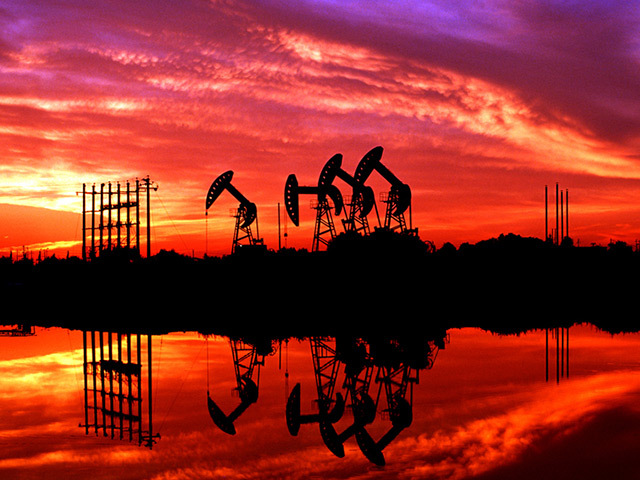
In the race to supply crude to the world’s biggest energy user, it’s the tussle for second place that’s too close to call.
Russia, Angola and Iran are vying to be runner-up to Saudi Arabia as the top seller to China. The contest is set to intensify as Iran seeks to recover market share lost because of sanctions and the US Congress debates a nuclear deal that’ll allow the Persian Gulf state to boost shipments.
China overtook the US as the biggest importer of crude most recently in June, taking advantage of a 50 percent slump in benchmark prices over the past year to boost strategic reserves. With the Asian nation forecast to account for more than a quarter of global demand growth in 2016, the prize of becoming a top supplier will bolster the economic health of national producers that depend on energy exports for most of their budget revenue.
“Whether you’re number 2 or number 3, the numbers are very close,” Victor Shum, a vice president at IHS Inc., an Englewood, Colorado-based industry consultant, said by phone from Singapore. “In a globally oversupplied market, there is more competition for the growing Chinese pie.”
China is the biggest oil buyer in Asia, a region that the International Energy Agency estimates will use 23.4 million barrels a day in 2015, or about 25 percent of worldwide consumption. The Paris-based IEA predicts China will consume 10.9 million barrels a day this year.
Iran, the second-biggest producer in the Organization of Petroleum Exporting Countries before its nuclear program prompted the European Union to ban purchases of its crude in 2012, will boost production “at any cost” to reclaim market share, Oil Minister Bijan Namdar Zanganeh said Aug. 23. China is the Islamic Republic’s biggest customer, and Zanganeh has signaled it’ll target Asia for sales. Iran currently lags behind its rivals in shipments to China.
U.S. President Barack Obama has locked up enough Senate votes to preserve the deal between Iran and world powers even if both chambers of Congress support a resolution against the agreement. The pact eases economic sanctions in exchange for curbs on the country’s nuclear program.
“What Iran has been waiting for is on the verge of becoming a reality,” Hong Sung Ki, a Seoul-based senior analyst at Samsung Futures Inc., said by phone. “Its oil supplies are likely to be boosted from next year and China among other Asian nations will absorb the largest amount.”
The plunge in crude prices amid a global glut has undermined Russia’s ruble, underscoring the vulnerability of the world’s biggest energy exporter to slumping oil, which together with natural gas accounts for about half of budget revenue. The nation still has an advantage when competing with other suppliers.
A direct pipeline to northern China has boosted exports of East Siberia-Pacific Ocean crude. Seaborne shipments were also spurred by the proximity of the Kozmino port in Russia’s east to China.
“Russia is Angola’s main competitor,” said Tushar Tarun Bansal, a senior oil analyst in Singapore at industry consultant FGE. “Russia, through both seaborne supplies and the ESPO pipeline, can take the number 2 or 3 position.”
Angola, whose government gets about 70 percent of revenue from oil, needs to curb spending and find other ways to boost economic growth to cope with the crude-price shock, the governor of its central bank, Jose Pedro de Morais, said Sept. 1.